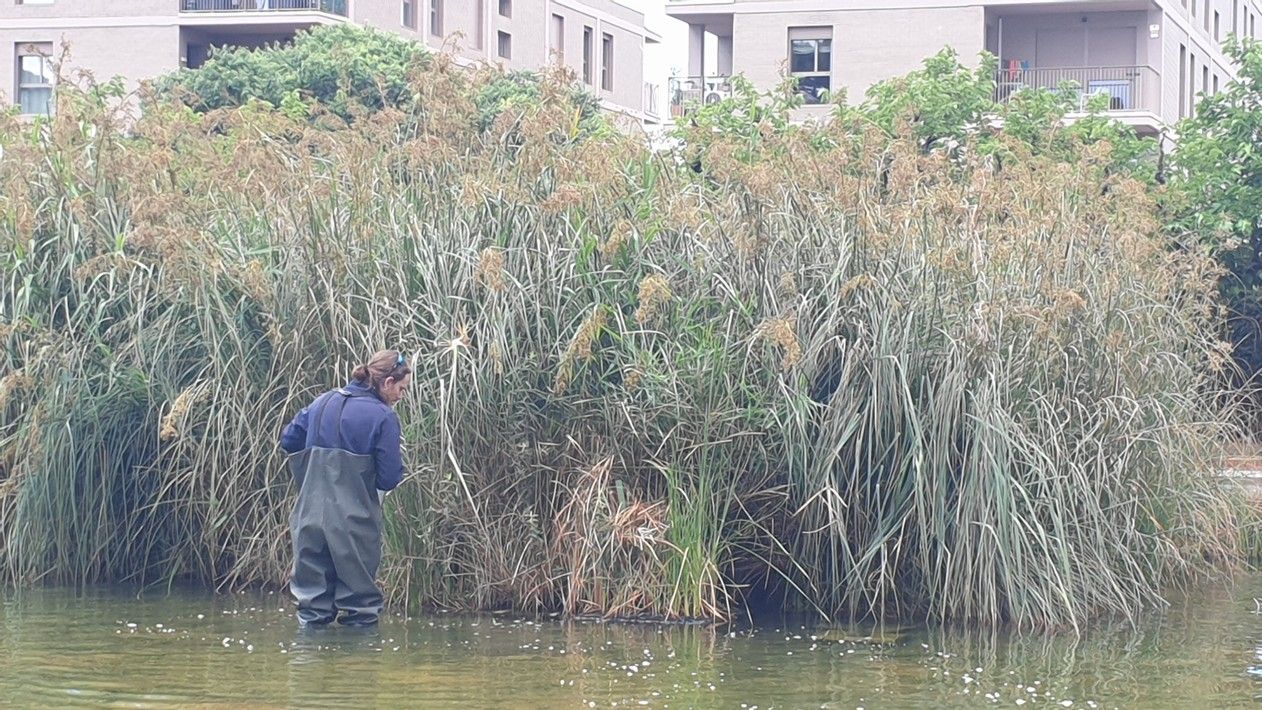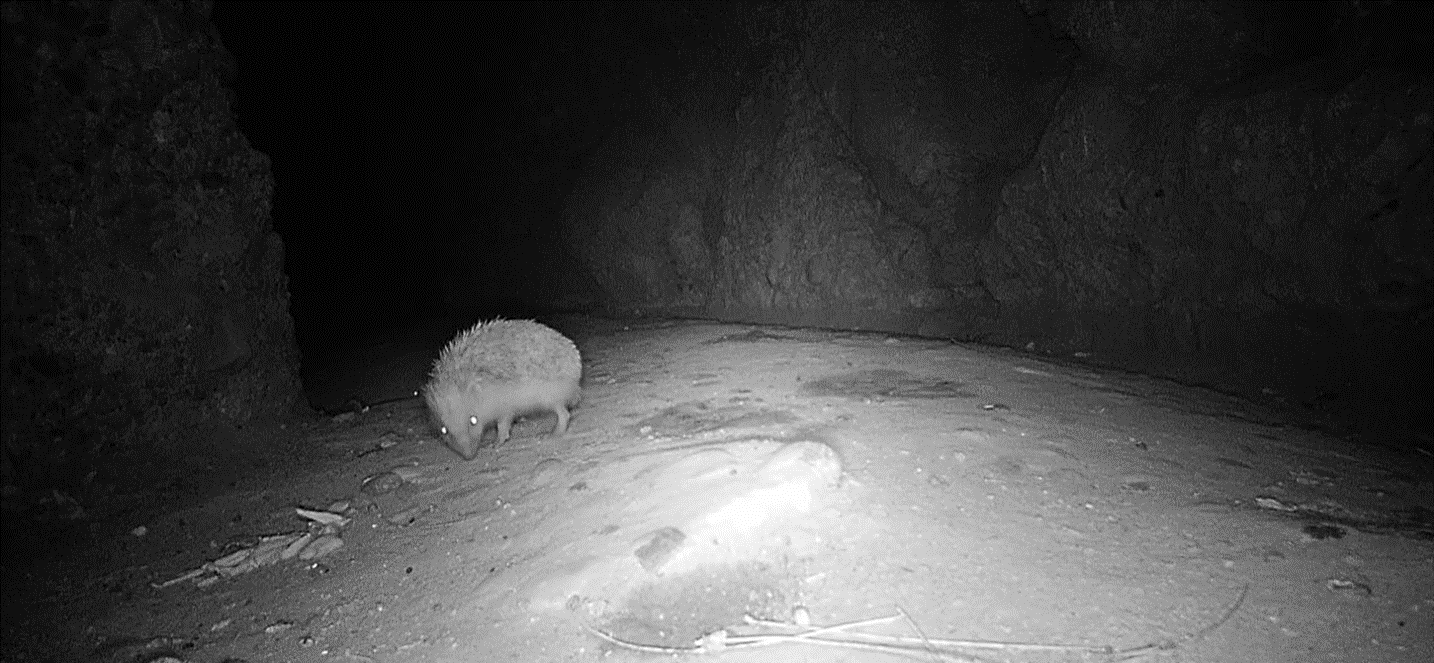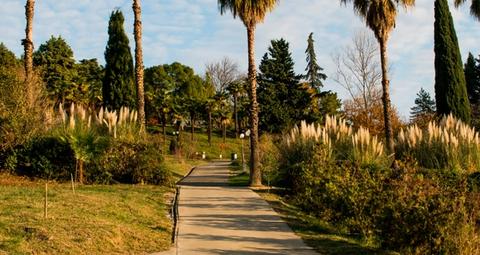Historically, rodent populations in parks have been treated with anticoagulant rodenticides. However, the problem with these substances is that there is a high risk of primary and secondary poisoning. Hedgehogs died after feeding on slugs that had been eating rodenticides. An owl died after eating a small mammal that had previously fed on a bait.
The alternative to using anticoagulant rodenticides was to use multi-capture traps. However, these traps don't discriminate between species and can catch non-target animals. The use of non-selective traps is, therefore, banned in many countries, such as Spain.
Protecting biodiversity as a priority.
At Anticimex, we care deeply about the well-being of all species. We believe pest control should not harm wildlife; therefore, protecting biodiversity is our priority. In collaboration with a local environmental conservation organization Galanthus, we proposed a different rodent control solution for the city’s parks to the AMB- Barcelona Metropolitan Area institution. AMB is a supra-municipal authority that provides services to the municipalities surrounding Barcelona. One of these services is the management of urban parks.
We started working on this project in April 2023.
Anticimex 5-step Program
The program had two clearly defined goals: reduce the park’s rat population and protect and enhance urban biodiversity. To accomplish this, Anticimex deployed a 5-step protocol:
1. Inspection
2. Prevention
3. Monitoring
4. Treatment
5. Reporting
1. Inspection of parks and species. Not all the parks have the same ecosystems; some are close to the beach, others have lakes, or are wood-like, with more or less human activity. Therefore, it was critical to make a first diagnosis and mapping of each park.
Dedicated and trained technicians with a strong biology background conducted regular inspections to identify rodent activity and conducive conditions.
Not all rodents are a nuisance, as some are part of the food chain. For example, garden mice are very important to the ecosystem.

2. Prevention. We focused on controlling Rattus Rattus (black rat) and Rattus Norvegicus (brown rats) when they affected human-populated areas, such as playgrounds, picnic areas, and other areas where people spend time. We analyzed and addressed the conditions that favored them. For example, excessive garbage in or around the park.
Anticimex trained park employees on preventive measures and rodent activity identification and reporting. They also learned how to identify non-target species. Employee cooperation is crucial, so it's important to involve them in protecting biodiversity.
3. Monitoring. In areas where rat activity was very high or in hard-to-reach locations, we installed our SMART Eye devices to monitor rat populations and wildlife. SMART Eye is a small sensor that detects and reports motion. Because of its small size, it can be placed in the tight spaces that rodents prefer or in high spots like trees.
SMART Eyes sends data to our systems that can be analyzed to provide better insights.

4. Targeted control & treatment. We prioritize non-toxic control solutions, and using harmful biocides is always a last resort. To ensure this, we have developed a Biodiversity Impact Matrix where we assess the impact of each substance we use and classify them as green (no or very low impact), yellow (medium impact) and red (high impact).
To use biocides effectively, we targeted brown rat burrows with cholecalciferol, a substance with a much lower risk of primary or secondary poisoning. To prevent hedgehogs from entering the bait stations, we placed them in high places and in structures that were difficult for other species to access.
To control black rats in problem areas, we used live catch traps with sensors. Each time the trap is activated, it sends an alarm. A licensed Anticimex technician manages traps with rats in accordance with animal welfare principles.
5. Reporting: To measure the program's effectiveness, we provide monthly reports to the municipality of Barcelona. These reports detail rodent activity, including the species involved, the specific control measures employed, their locations, and their impact on the rodent population. Additionally, the reports identify affected areas and include maps highlighting treated burrows. Finally, they outline the preventive measures implemented to deter future infestations.
A year of outstanding results.
The program has reported high levels of efficiency. Target rodent populations have been totally controlled with minimal environmental impact (57% less product usage compared to 2017 numbers). Reducing rodent pressure has enhanced the parks’ appeal for recreational activities, and future rodent issues can be addressed more swiftly and with fewer resources.
The client is highly satisfied with the program and has required our protocol in new parks, and ultimately, Anticimex has become the client’s trustful pest control advisor.
